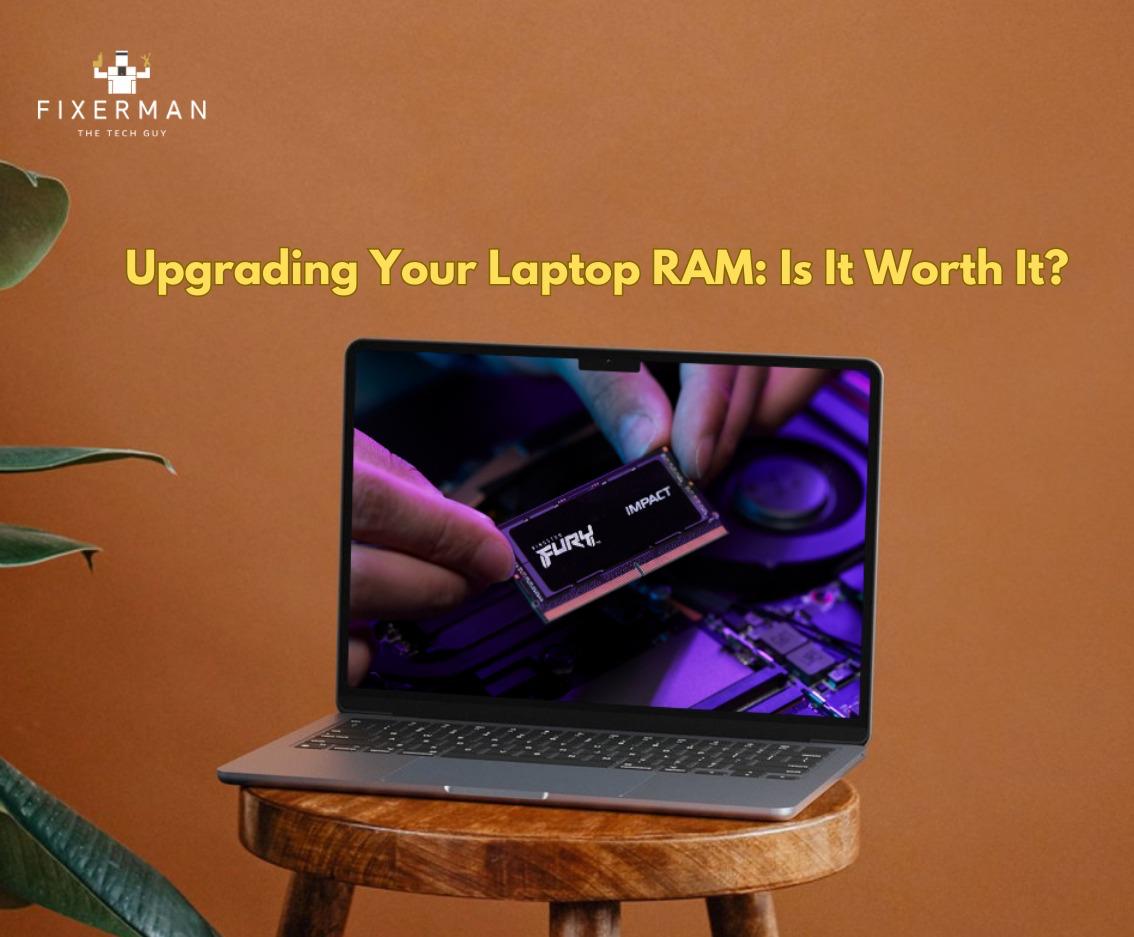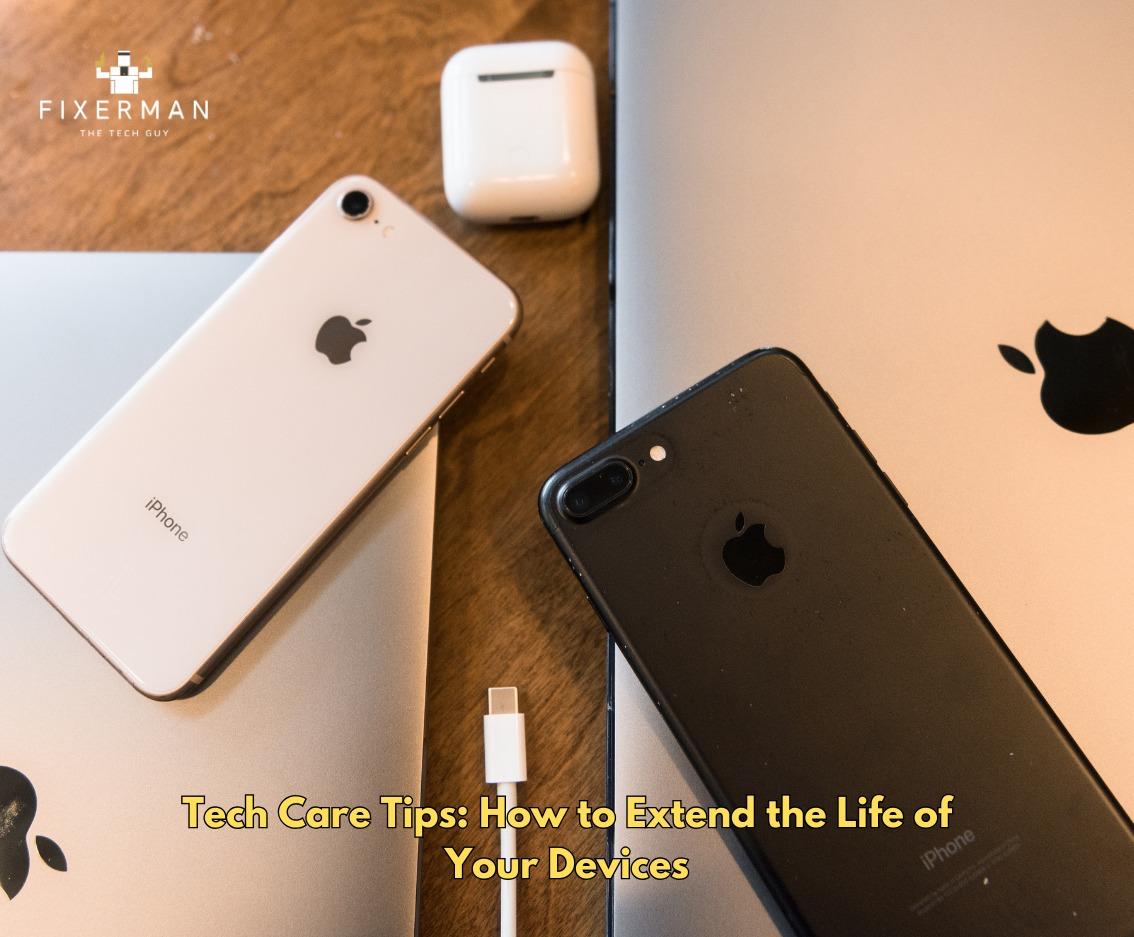The advancement of technology has increased dependency on laptops for working, gaming, and day-to-day use. However, with time, you realize that your laptop is not capable of competing with the demands of multitasking or running applications that require loads of resources. One possible solution? Upgrade the RAM of your laptop. But is it worth it? Let’s try to find some pros, cons, and key considerations.
What Is RAM, and Why Does It Matter?
RAM is your laptop’s short-term memory, which helps store the data and instructions that your computer should access quickly. Unlike long-term storage, an SSD or HDD, RAM will provide your system with the means to execute things in real time.
The more RAM your laptop has, the more efficiently it can handle more processes at a time. That includes:
• Having several applications run simultaneously.
• Browsing the web with many tabs open.
• Editing large video or photo files.
• Playing modern, high-performance video games.
As soon as the laptop runs out of available RAM, it uses your slower storage drive as virtual memory. This can decelerate a system considerably. That is when you notice lag, freezing, or load times that have turned slow.
Indications That You May Need RAM Upgrade
Before splurging on an upgrade, it pays to check whether the available RAM on your laptop is indeed constraining you. Here are some giveaways that you might need a RAM upgrade:
1. Lagging System During Multitasking
There is system slowdown when changing applications; changes in browser tabs slow everything down, which often means your laptop has maxed the available RAM.
2. Frequent Freezing or Crashing
Inadequate RAM causes the laptop to crash, especially when running resource-intensive applications such as video editing or gaming.
3. High RAM Usage
Open your Task Manager on Windows or Activity Monitor on Mac and check your RAM usage. If it’s constantly at or near 100%, your laptop is screaming for more memory.
4. Outdated RAM Specifications
If your laptop has 4GB or 8GB of RAM, it might be unable to keep up with today’s workloads. Increasing to 16GB or even 32GB makes a huge difference.
Advantages of Upgrading Your Laptop’s RAM
Still on the fence? Here are the key advantages of adding more RAM to your system:
1. Improved Performance
Upgrading the RAM is one of the easiest ways to give your laptop a performance boost. With more memory, your system can handle more simultaneous tasks without slowing down. Whether you work on large Excel files, coding, or gaming, you will notice a smoother experience.
2. Better Multitasking
More RAM lets you run multiple applications and browser tabs without slowing down. This is a game-changer for professionals who juggle email, video conferencing, spreadsheets, and more.
3. Future-Proofing
Software and operating systems are becoming increasingly resource-intensive. Upgrading your RAM now ensures your laptop can handle future updates and applications without breaking a sweat.
4. Enhanced Gaming Experience
Many modern games demand significant RAM to run smoothly. If you’re a gamer, upgrading your RAM can reduce lag, improve frame rates, and enhance overall gameplay.
Limitations and Considerations
While upgrading your RAM can significantly deliver noticeable benefits, it is definitely no magic pill for all performance-related issues. Here are several factors to consider:
1. Upgradability of Your Laptop
Not all laptops permit you to upgrade the RAM. A lot of newer models, especially ultrabooks and MacBooks, have soldered RAM that cannot be replaced. Check your laptop manual or manufacturer website regarding its upgradability.
2. Compatibility
Double-check the new RAM for compatibility with your laptop. The following factors must be considered:
A- RAM Type (DDR4, DDR5, etc.): Match the type your laptop supports.
B- Maximum RAM Capacity: Some laptops have a limit on the amount of RAM they can handle.
C- Clock Speed: Faster RAM can improve performance, but only if your laptop supports it.
3. Diminishing Returns
For many users, upgrading beyond 16GB offers little noticeable improvement unless you’re a power user (e.g., a professional video editor or 3D artist). Assess your actual needs before splurging on excessive RAM.
4. Other Bottlenecks
If your laptop’s CPU, GPU, or storage drive is old, then upgrading RAM alone will not provide any performance jump. For example, in some cases, upgrading from an HDD to an SSD can give an upsize speed boost that will be much larger than the one coming from an upgrade in RAM.
Ram Upgrades: How to Upgrade Your Laptop’s RAM
You have decided to upgrade your RAM. Now, follow these steps.
1. Check Your Current RAM Configuration
Use your operating system to determine how much RAM you have currently installed and whether or not you are using it fully. It will also tell you if you should add some more RAM or replace the ones that are there.
2. Find Compatible RAM Modules
Research your laptop model and look for compatible RAM modules. There are tools, such as Crucial’s System Scanner, which will identify the correct RAM for your system.
3. Buy the Correct RAM
Once you know what kind of, how fast, and how much you need, go out and purchase RAM from a reputable company like Corsair, Kingston, or Crucial.
4. Install the RAM
Installing RAM is quite simple:
a. Shut down your laptop and unplug it.
b. Take off the back panel- follow the manual on your laptop for instructions
c. Find the RAM slots and insert your new module(s)
d. Reassemble your laptop and boot up
5. Check Your Upgrade
After installation, check your system settings to confirm the new RAM has been recognized.
Is It Worth It?
Ultimately, the decision to upgrade your laptop’s RAM depends on your specific needs and budget. Here’s a quick breakdown:
• It’s Worth It If:
You experience frequent slowdowns, multitask heavily, or use resource-intensive applications. Upgrading RAM is also a smart move for gamers and creative professionals.
• It’s Not Worth It If:
Your laptop has soldered RAM, or your performance issues stem from an outdated CPU, GPU, or storage drive. In such cases, it might be more cost-effective to invest in a new laptop.
Alternatives to Upgrading RAM
If upgrading RAM isn’t an option or doesn’t resolve your issues, consider these alternatives:
• Switch to an SSD: Upgrading to an SSD can drastically improve boot times and overall performance.
• Optimize Software: Disable unnecessary startup programs and uninstall unused software to free up resources.
• Adjust Virtual Memory Settings: Increasing your laptop’s virtual memory can provide a temporary performance boost.
Conclusion
Upgrading the RAM of your laptop can be one of the most effective ways to breathe new life into an aging system. Assessing your laptop’s current performance and compatibility can help you make an informed decision that will deliver the best bang for your buck. Whether you want to boost productivity, enhance gaming, or future-proof your machine, adding more RAM might just be the upgrade you need.











